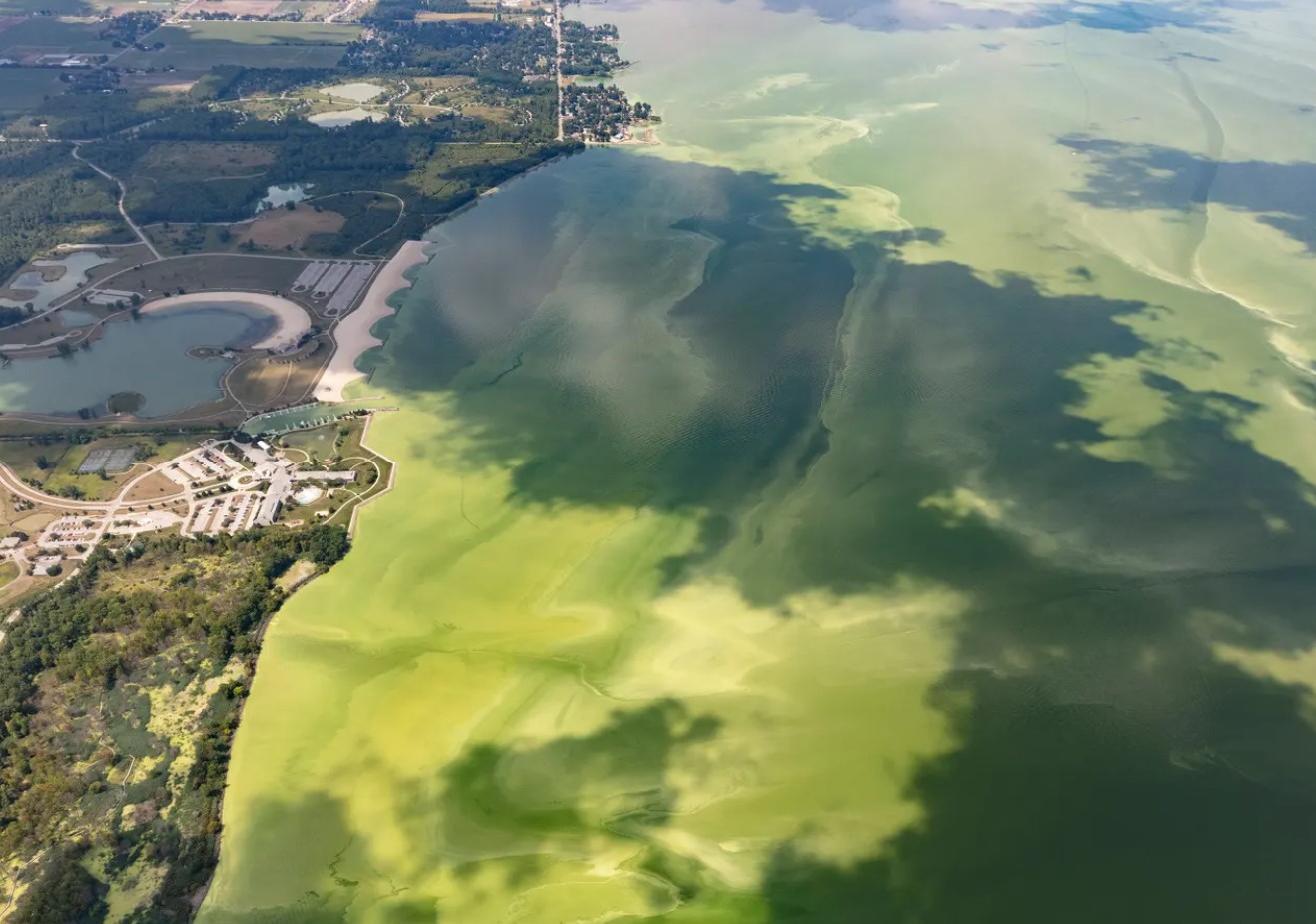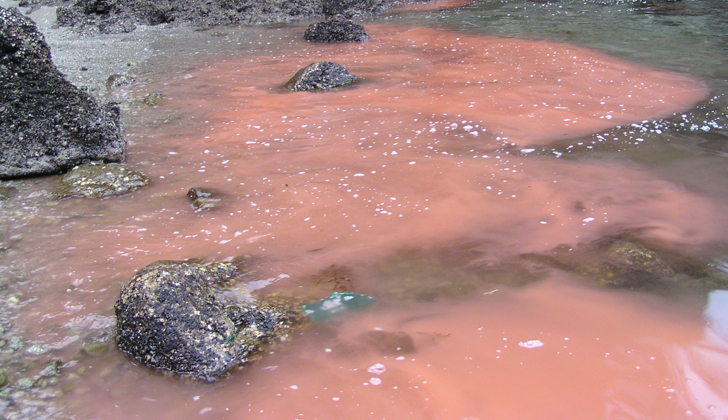Let’s start the New Year with some good news. The bathing water quality in Salcombe Harbour’s monitored beaches – North and South Sands, and Millbay – has been consistently “excellent” for three years running – like Thurlestone, Torcross and Blackpool Sands and better than Hope Cove. This EU standard of “excellent” is about twice as demanding as it was before 2013; so all that is good or, one might say, excellent.
What is not so good is the continuing threat of algal blooms, which affect Kingsbridge particularly but also the creeks and have been seen as far south as Lincombe. These have been an issue for at least 20 years and caused the demise of oyster farming in Frogmore Creek since they render shellfish poisonous.

However, as with other things, climate change is bringing algal blooms and pollutants to the top of the agenda. Last year the Baltic had a bloom so extensive that it reached from Finland to Poland. This bloom was traced – no surprises – to nutrients washed into the sea from farms as the result of milder winters and wetter summers.
Some of these blooms are little more than an unpleasant inconvenience. The green which makes Gerston Point look like a tennis court is thought to be principally the result of nitrates. Currently its main impact is on the cooling inlets for boat engines, which it readily blocks up. What could be the same bloom, but in a more intense form, struck in Brittany in September. That generated lethally poisonous hydrogen sulphide, which was released when you stepped on the rotting algae. Two men died through inhalation, and a local vet was gassed and became unconscious when his horse suddenly collapsed and died as the result of fumes given off when cantering across the sludge.
That bloom is being attributed to the intensive farming in the area, particularly pigs and chickens. Also in Brittany, in December and January, the oysters for which the region is famous became infected with norovirus and gastroenteritis. This is being ascribed to a build-up of E. coli due to poor sewage treatment, coupled with high levels of rainfall resulting in increased overflow.

This much we know: the algaes are associated with increased pollutants and nutrients; they occur where saltwater is diluted by run-off increased by wetter weather, in shallow water which sunlight can penetrate; and they can threaten human life. The unanswered question is why, after 20 years of repeated blooms, so little is being done to prevent them.
Comments are closed, but trackbacks and pingbacks are open.